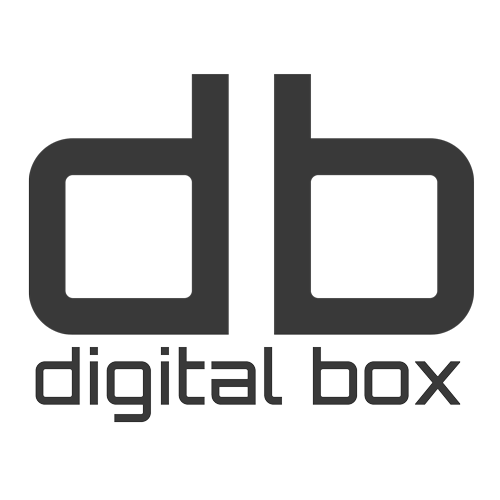What to Expect Once Your Website Is Built (And How to Actually Get Visitors)
So, you’ve done it—you’ve got a shiny new website. The design is on point, the content sings, and your mum has already told you it’s “the best website she’s ever seen.” But then… nothing.
Crickets.
Here’s the harsh truth: a website doesn’t magically bring in visitors just because it exists. Unless you’re very lucky (or already famous), traffic won’t just appear out of thin air. To make your site work for your business, you need a proactive approach to marketing.
The good news? There are some straightforward steps you can take to start building traffic and turning your website into a customer magnet. Let’s look at the basics:

1. SEO – Helping Google Find You
Search Engine Optimisation (SEO) is the art of making sure your website shows up when people search for what you offer.
- What it is: Optimising your website content, structure, and behind-the-scenes settings so search engines understand what you do.
- Why it matters: If you sell cakes in Birmingham and someone types “birthday cakes Birmingham,” you want to be on that first page, not buried on page 12.
- Quick wins: Use clear keywords, write descriptive page titles, and keep your content useful and relevant
Pro tip: SEO is a slow burn, but once it starts working, it keeps delivering long-term results.
2. Business Listings – Claim Your Spot Online
Make sure your business is easy to find in local and national directories.
- Google Business Profile: Essential for showing up on Google Maps and local searches.
- Other listings: Bing Places, Yelp, Yell, Trustpilot, and any relevant industry-specific directories.
- Why it matters: It boosts credibility, helps with SEO, and puts you where people are actively searching.
Pro tip: Keep your details consistent (same phone number, address, email) everywhere you list your business.

3. Directories – Casting a Wider Net
Beyond the big players, there are countless niche and local directories that can drive extra traffic.
Industry directories: If you’re a plumber, wedding photographer, or consultant, there’s probably a listing site for your field.
- Local networks: Many towns or business groups run local business directories.
- Benefits: Even if they don’t bring tons of clicks, they add backlinks to your site, which helps with SEO.
4. Social Media – Meeting Customers Where They Hang Out
Love it or hate it, social media is one of the best free marketing tools available.
- Pick your platforms wisely: Don’t try to be everywhere. If your customers are on Instagram, focus there. If they’re on LinkedIn, put your energy there.
- What to post: Share updates, photos, tips, and behind-the-scenes content. Keep it human, not robotic.
- Goal: Drive people back to your website to learn more or get in touch.
Pro tip: Don’t just shout “buy my stuff.” Be useful, entertaining, or insightful—then people will care about your brand.

5. Paid Advertising – Jumping the Queue
If you want traffic fast, paid ads can get you results almost instantly.
- Options: Google Ads (great for search visibility), Facebook & Instagram Ads (targeting specific audiences), LinkedIn Ads (for B2B).
- Why it works: You can reach exactly the type of customer you want, right now.
- Costs: Flexible—you can start small and scale as you see what works.
Pro tip: Paid ads work best when you already have a clear goal (e.g., leads, sales) and a landing page ready to capture them.
Wrapping It Up: A Website Without Marketing Is Like a Shop in the Middle of Nowhere
Building a website is step one, it’s like opening a shop. But without marketing, it’s like opening that shop in the middle of a desert. No one knows you’re there.
With even a handful of basic steps, SEO, business listings, directories, social media, and maybe some paid advertising, you can start driving real traffic and giving your website the chance to do what it was built for: bring you customers.
At Digital Box, we don’t just build websites—we help you think about the bigger picture of getting found online. Ready to turn your website into a traffic-generating machine? Let’s chat: Click here to get started.



